Barbenheimer
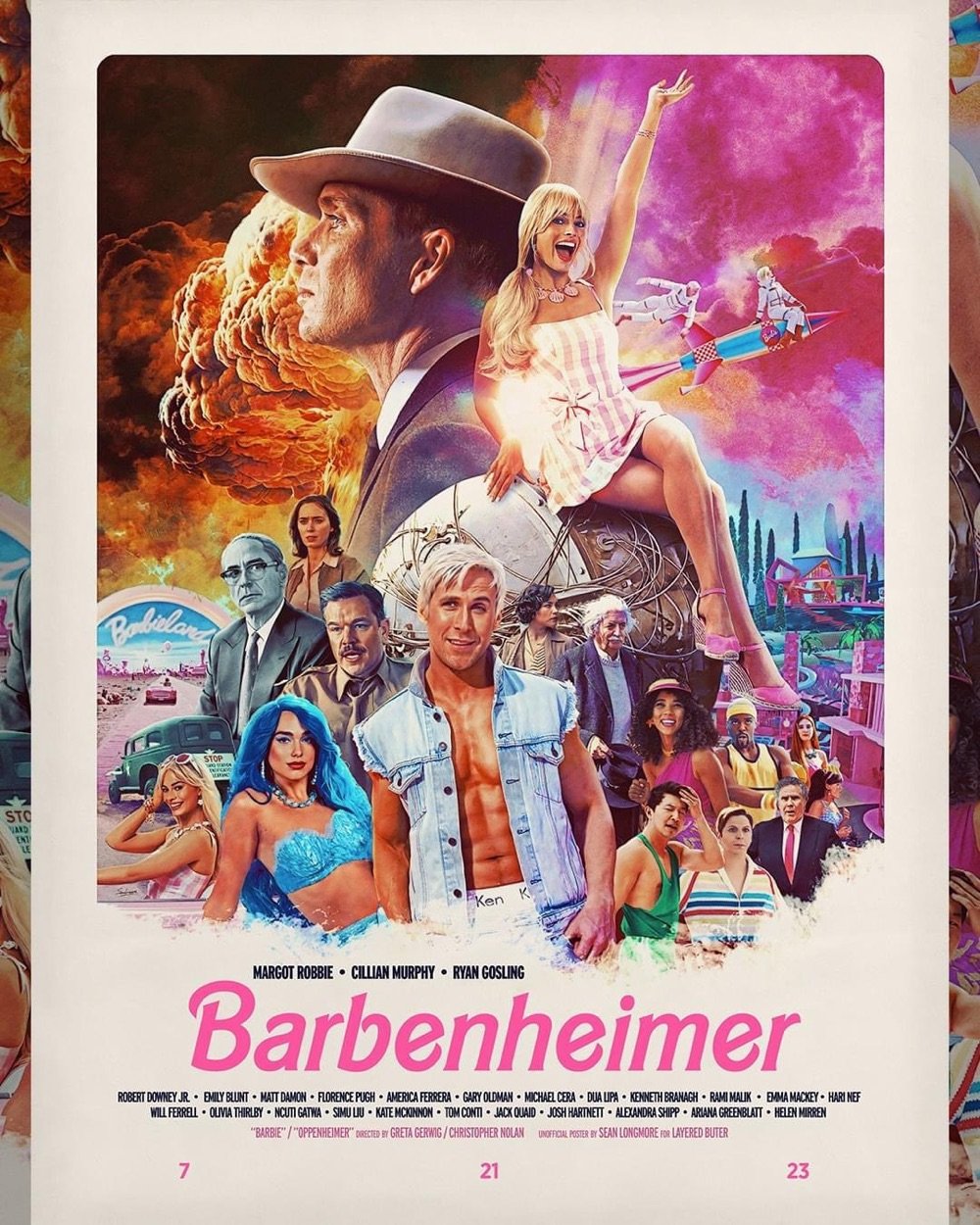
Barbenheimer poster by Sean Longmore. Perfect, 10/10, no notes.



This site is made possible by member support. 💞
Big thanks to Arcustech for hosting the site and offering amazing tech support.
When you buy through links on kottke.org, I may earn an affiliate commission. Thanks for supporting the site!
kottke.org. home of fine hypertext products since 1998.
Photographs have always been an imperfect reproduction of real life — see the story of Dorothea Lange’s Migrant Mother or Ansel Adams’ extensive dark room work — but the seemingly boundless alterations offered by current & future AI editing tools will allow almost anyone to turn their photos (or should I say “photos”) into whatever they wish. In this video, Evan Puschak briefly explores what AI-altered photos might do to our memories.
I was surprised he didn’t mention the theory that when a past experience is remembered, that memory is altered in the human brain — that is, “very act of remembering can change our memories”. I think I first heard about this on Radiolab more than 16 years ago. So maybe looking at photos extensively altered by AI could extensively alter those same memories in our brains, actually making us unable to recall anything even remotely close to what “really” happened. Fun!
But also, one could imagine this as a powerful way to treat PTSD, etc. Or to brainwash someone! Or an entire populace… Here’s Hannah Arendt on constantly being lied to:
If everybody always lies to you, the consequence is not that you believe the lies, but rather that nobody believes anything any longer. This is because lies, by their very nature, have to be changed, and a lying government has constantly to rewrite its own history. On the receiving end you get not only one lie — a lie which you could go on for the rest of your days — but you get a great number of lies, depending on how the political wind blows. And a people that no longer can believe anything cannot make up its mind. It is deprived not only of its capacity to act but also of its capacity to think and to judge. And with such a people you can then do what you please.
As I said in response to this quote in a post about deepfakes:
This is the incredible and interesting and dangerous thing about the combination of our current technology, the internet, and mass media: “a lying government” is no longer necessary — we’re doing it to ourselves and anyone with sufficient motivation will be able to take advantage of people without the capacity to think and judge.
P.S. I lol’d too hard at his deadpan description of “the late Thanos”. RIP, big fella.



Love these absurdist portraits of over-luxuriated nobles in the style of Rococo and Baroque European painters by Volker Hermes. You can check out more of his work on Instagram. (via colossal)
The creepy twins. Jack feverish at the typewriter. Danny riding his Big Wheel through carpeted hallways. The elevators of blood. These familiar scenes from Stanley Kubrick’s horror classic The Shining (and several more) have been recreated in this Lego stop-motion animation. The video took 50-60 hours over a three-week period to make and was an exercise in constraints:
“Mostly, it came down to choosing the right pieces,” he says. “I made this movie only with pieces I already had in my collection, so I had to do with just what I had laying around. For instance, the famous carpet pattern in the hallway could have been more realistic, but with the pieces I had, it became a little more abstract. I went with clay for the bloody elevator scene also because I do not have thousands of red translucent pieces.”
(via boing boing)
In the 60s and 70s, Howard Johnson’s was the largest restaurant chain in the US — the restaurants and their associated hotels were ubiquitous while travelling America’s roadways. So it made sense that when Stanley Kubrick needed a hospitality brand for the Earthlight Room on the space station circling Earth in 2001: A Space Odyssey, he reached for HoJo’s.
And of course, even in 1968, you had to do some sort of cross-promotion and, bizarrely, what Howard Johnson’s came up with was a 2001-themed children’s menu.
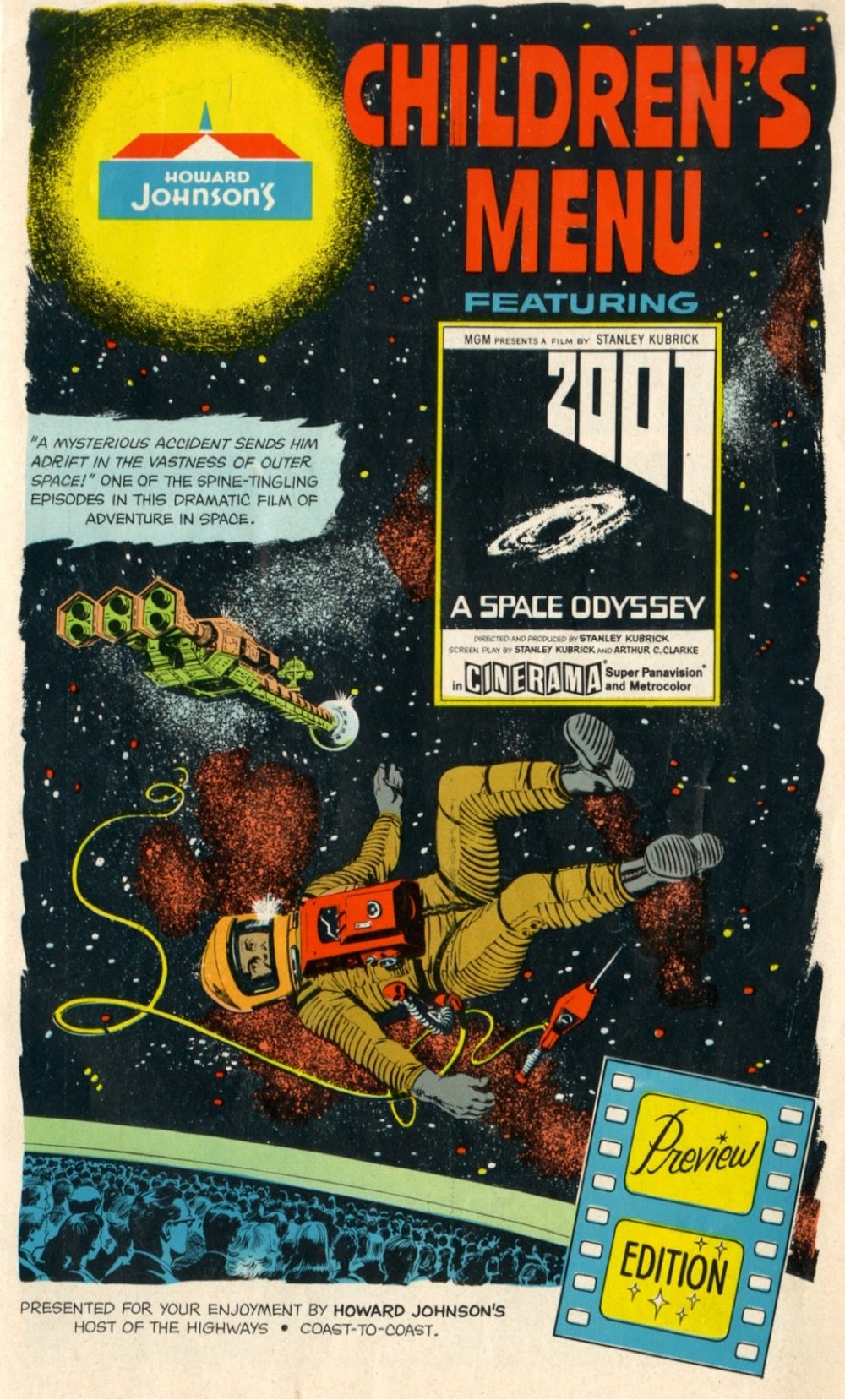
Even more weirdly, the menu is not about the movie itself, it’s about a family that goes to see the movie. The whole opening sequence with the apes is omitted entirely, as is the HAL 9000 (arguably the film’s main character) — I suspect the HoJo’s people didn’t get to see the entire movie while putting this together (as evidenced by the “preview edition” graphic in the bottom right corner of the menu’s cover).
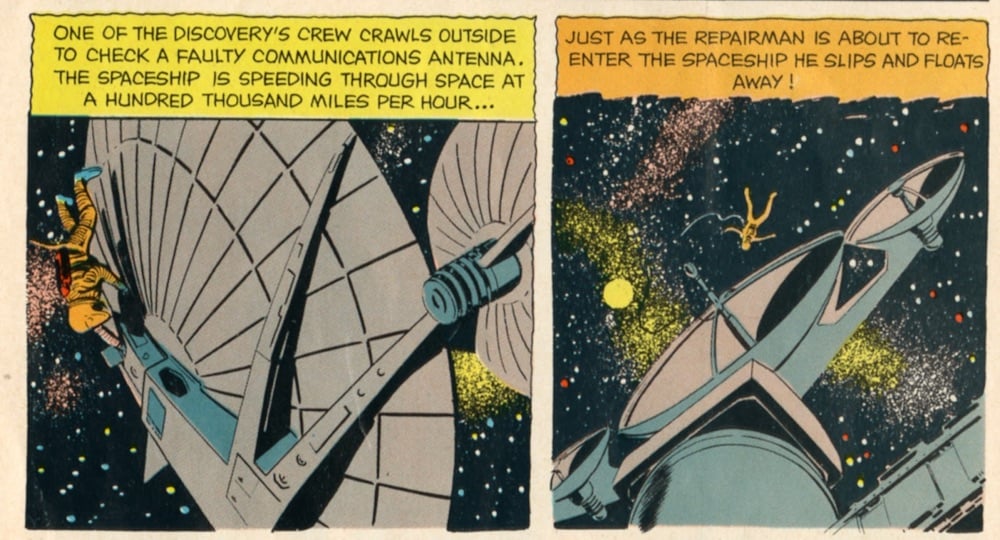
It’s cool to see scenes from the movie rendered in comics form:
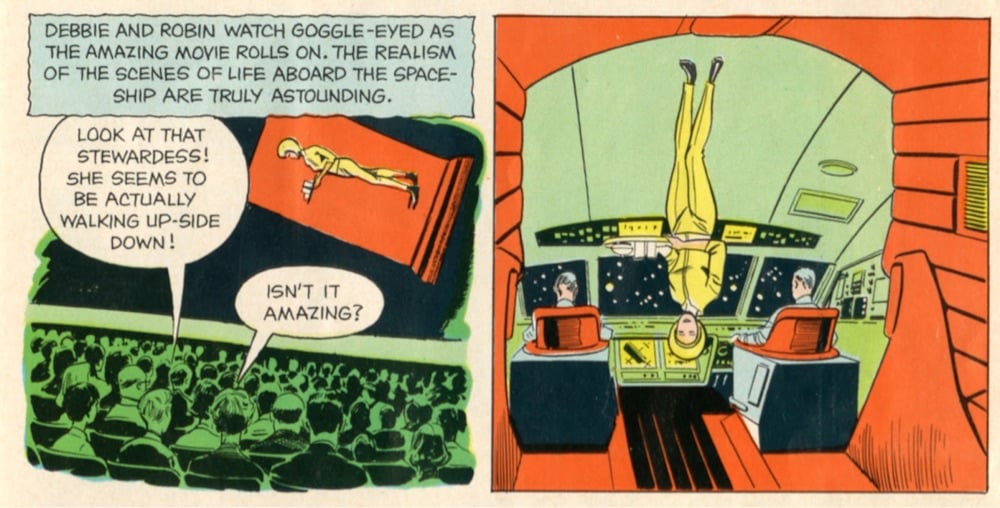
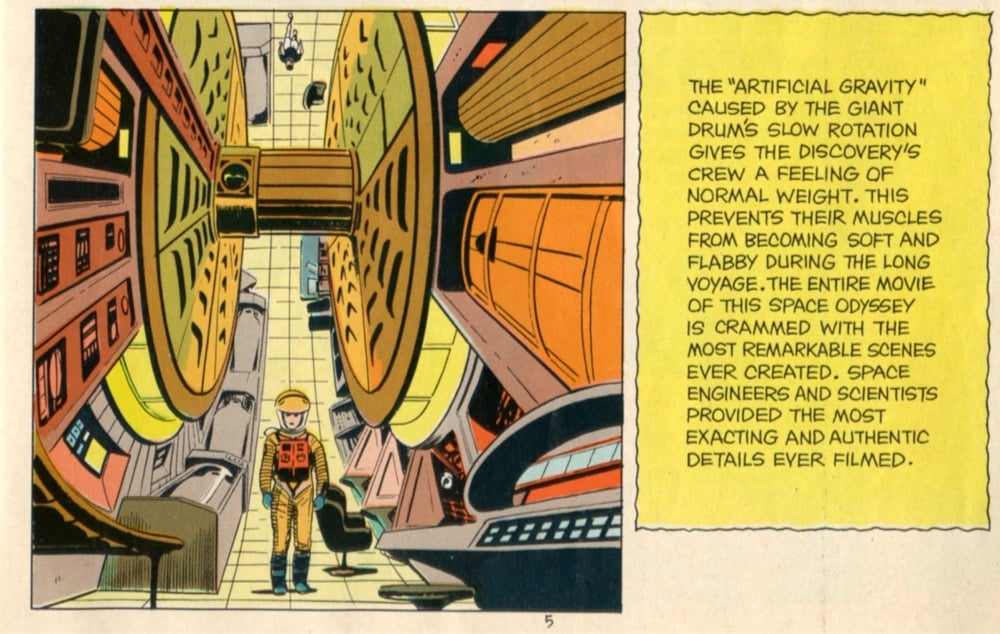
You can see the entire menu here, including the activity page — just click on one of the images to enter slideshow mode. (via meanwhile)
Update: Fun fact: The food on the 2001-themed kids menu would likely have been developed by Jacques Pépin and Pierre Franey, who were the head chefs at Howard Johnson’s. (via @EineKleine)
After 14-year-old Preston Mutanga’s Lego version of the trailer for Spider-Man: Across The Spider-Verse (embedded above) went viral, the team hired him to animate a short Lego sequence for the actual film.
In the brief scene, we see a Lego version of Peter Parker as he observes a dimensional anomaly and sneaks off to the Daily Bugle’s bathroom to alert another Spider-Man about the issue. While the scene is short, it killed in my theater and it also looked as good as anything in the recent Lego films. After seeing it, a few friends of mine even commented that it must have been the same team that animated it. But nope! It was a lone teenager, actually.
You can check out more of Mutanga’s work on his YouTube channel.

If you watch TV for more than a couple of minutes, you start to notice that certain successful plots/ensembles for shows are repeated over and over. Rohita Kadambi recently categorized dozens of shows into a few archetypes; for example:
Golden Girls = Elderly Sex and the City
Insecure = Black Millennial Sex and the City
Will & Grace = Gay Friends
What We Do in the Shadows = Vampire Friends
Yellowstone = MAGA Succession
Game of Thrones = Dragon Succession
Arrested Development = Goofball Succession
Mad Men = Sexy 60s West Wing
The Bear = Sandwich West Wing
Ted Lasso = Soccer Office
Cheers = Bar Office
Schitt’s Creek = Riches to Rags Full House
The Addams Family = Goth Full House
Some of these would make pretty good Midjourney prompts but I will leave that as an exercise to the reader.1
Mostly because I’ve never had the patience to figure out the Rube Goldbergian process for using Midjourney. Step 1: sign up for an account on a gamers chat app??! No thank you.↩
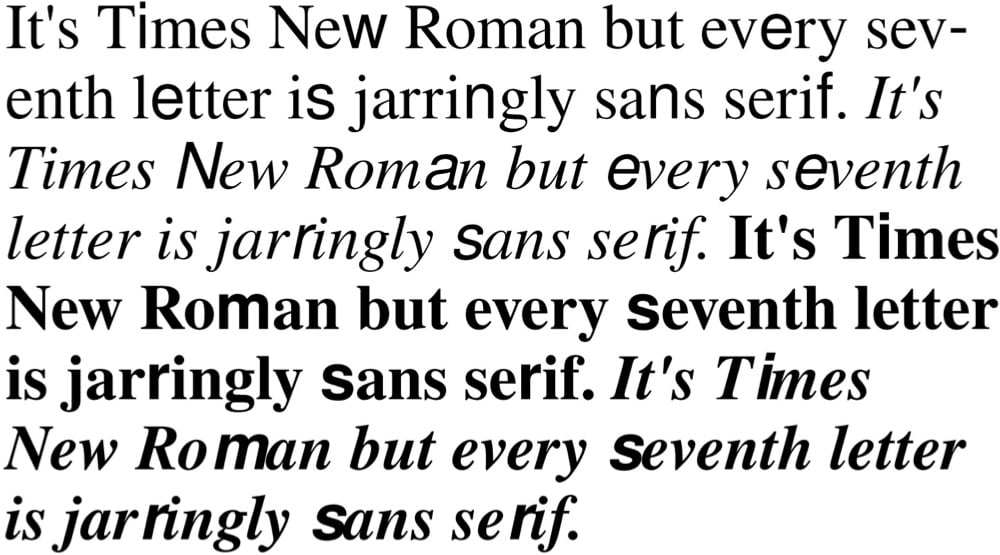
Times New Bastard is a free font based on a Tumblr thread: “It’s Times New Roman but every seventh letter is jarringly sans serif.”


Using colorful wooden blocks cut at different angles, Timur Zagirov makes pixel-log 1 representations of famous artworks by Vermeer, van Gogh, and Leonardo. You can check out his work on Instagram or at Stowe Gallery. (via moss & fog)
Pixelized + analog + wood = pixel-log! Ok fine that’s terrible but I’m leaving it in. 😜↩
In this short video, Norwegian creative director Torger Jansen explains how he designed an unofficial transit map that combines all three of Oslo’s public transportation networks (tram, metro, train) into a single diagram. His four main goals:
1. Showing all the lines on every network, thus making it easier to understand the service patterns.
2. Making it recognisable with the official line colours.
3. Compressing unnaturally long distances between stations.
4. Balancing aesthetics and accessibility. The diagram is clear and easy to read with minimal fuss.
As Jansen notes, this is not how a design process would work in the real world — there’s no user testing or competing stakeholders to please — but from a purely aesthetic and functional standpoint, it’s still an interesting challenge and puzzle to attempt to solve. (thx, david)
I know, I know. Too much Wes Anderson. Too much AI. But there is something in my brain, a chemical imbalance perhaps, and I can’t help but find this reimagining of the Lord of the Rings in Anderson’s signature style funny and charming. Sorry but not sorry.
As part of a project to reproduce all 36 of Hokusai’s views of Mount Fuji as 1-bit black & white pixel art, James Weiner drew Great Wave Off Kanagawa:

And he used an old Mac running System 7 to do it:
I usually use either my Quadra 700 or PowerBook 100, mostly because those are my reliable and easy to access computers (that run System 7, my favourite and most familiar OS of that era).
Software-wise I use Aldus SuperPaint 3.0, which is what my family had when I was a kid. Yes, I’d say that all of this is 99% nostalgia-driven…
This is just a lovely rendering — spare and elegant with just the right amount of detail.
No matter which side you come down on in the debate about using AI tools like Stable Diffusion and Midjourney to create digital art, this video of an experienced digital artist explaining how he uses AI in his workflow is worth a watch. I thought this comment was particularly interesting:
I see the overall process as a joint effort with the AI. I’ve been a traditional artist for 2 decades, painting on canvas. And in the last five years I’ve been doing a lot of digital art. So from that part of myself, I don’t feel threatened at all.
I feel this is an opportunity. An opportunity for many new talented people to jump on a new branch of art that is completely different from the one that we have already in digital art and just open up new way of being creative.
It’s a no-brainer: what if you handed over a visually rich sci-fi universe with slightly campy origins to a quirky auteur with an overwhelming aesthetic, just to see what you’d get? This short trailer imagines Wes Anderson at the helm of his very own Star Wars movie, complete with Bill Murray as Obi-Wan and Owen Wilson as Darth Vader (wow).
See also, from back in 2012, Conan O’Brien’s take on Wes Anderson’s Star Wars, A Life Galactic. I would totally watch either of these movies tbh.
Leave it to the Auralnauts to take The Mandalorian’s solemn catchphrase “This is the way”, back it with a pulsing beat, and turn it into the banger of the summer. Ok, maybe not. But in the process, they counted 222 uses of the phrase over the three seasons of the show (and also during The Book of Boba Fett, I think).
Related: one hour of Zemo dancing from The Falcon and The Winter Soldier. (via neatorama)
Wow, I’d never seen these before today! For the 1999 MTV Movie Awards, Wes Anderson created three promo spots, each one a staged re-creation of a nominated movie in the style of the Hollywood-inspired plays in Rushmore (Serpico & the Vietnam War one). All three shorts (Armageddon, Out of Sight, The Truman Show) star Jason Schwartzman as Max Fisher, along with the rest of the Max Fischer Players. (via open culture)


Internet artist evbuilds creates these chunky pixelized abstract images in Microsoft Excel.
Excel is one of those rare pieces of software that is terrifically useful at what it’s designed to do but also powerful enough where you can make it do things that perhaps it really shouldn’t be doing. See also The Excel Spreadsheet Artist, Making Music in Excel, and Super Mario Bros Recreated in Excel.
Ok sorry everyone but kottke.org is a Larnell Lewis fan blog today. This morning, I featured a video of Lewis, a Grammy-winning musician and music professor, explaining the 13 levels of complexity of drumming. In response, a pair of readers sent me this video, in which Lewis hears Metallica’s Enter Sandman for the first time (!) and then largely succeeds in playing it after a single listen (!!). You may find yourself wanting to skip to the part where he starts playing, but it’s really fascinating to watch him encoding the music into his brain and body through a combination of active listening, moving his body to the drumbeat, and spatially mapping the music to his drum kit. (thx, robert & matthew)


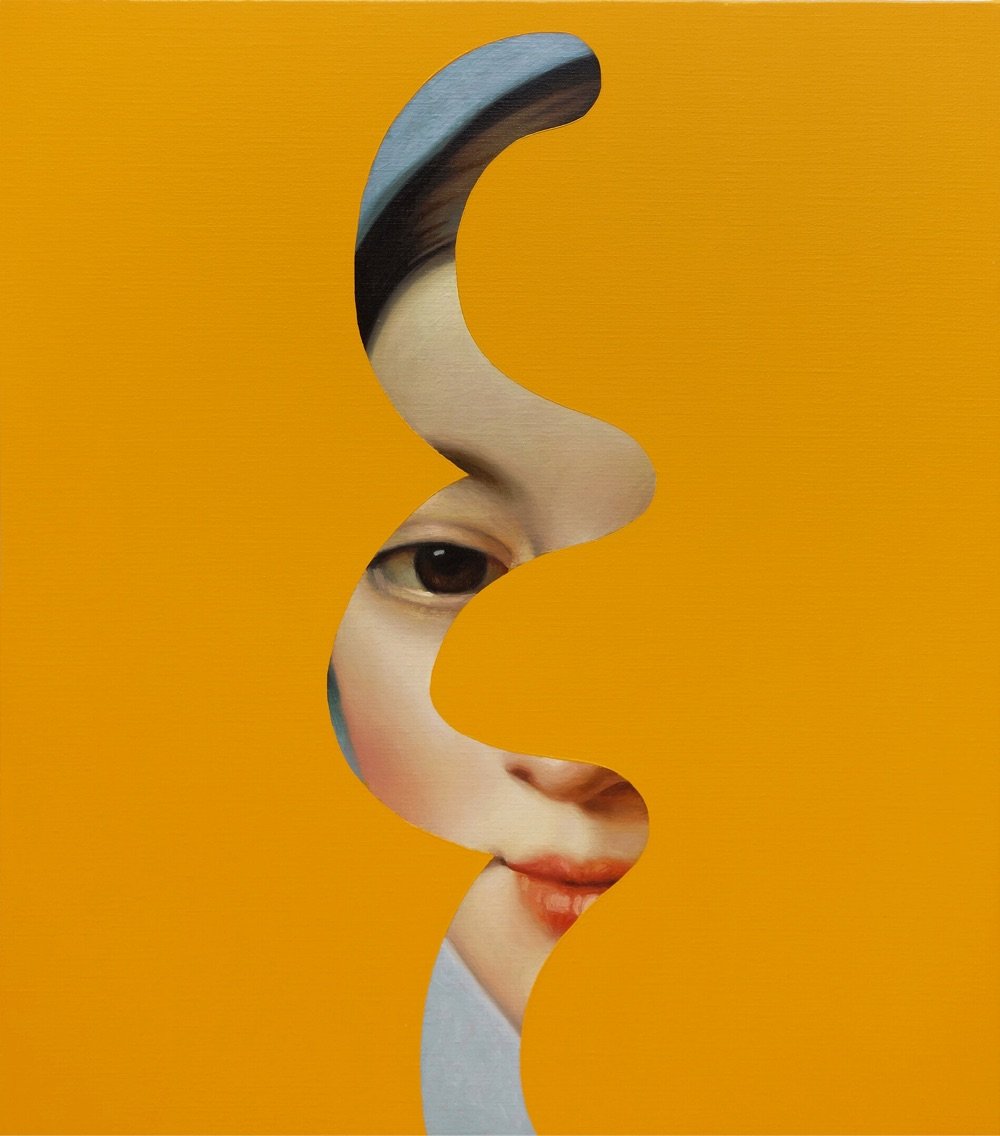
I like these paintings by Spanish artist Lino Lago where traditional oil painted portraits peek through bright color fields. He calls them Fake Abstracts. (via colossal)
Back in 2020, the Smithsonian Institution placed 2.8 million high-resolution images and 3D models of objects in their collection into the public domain via their Open Access initiative. Over the past three years, that collection has grown to 4.5 million images, an absolutely immense trove of objects that people are free to use and remix however they wish.



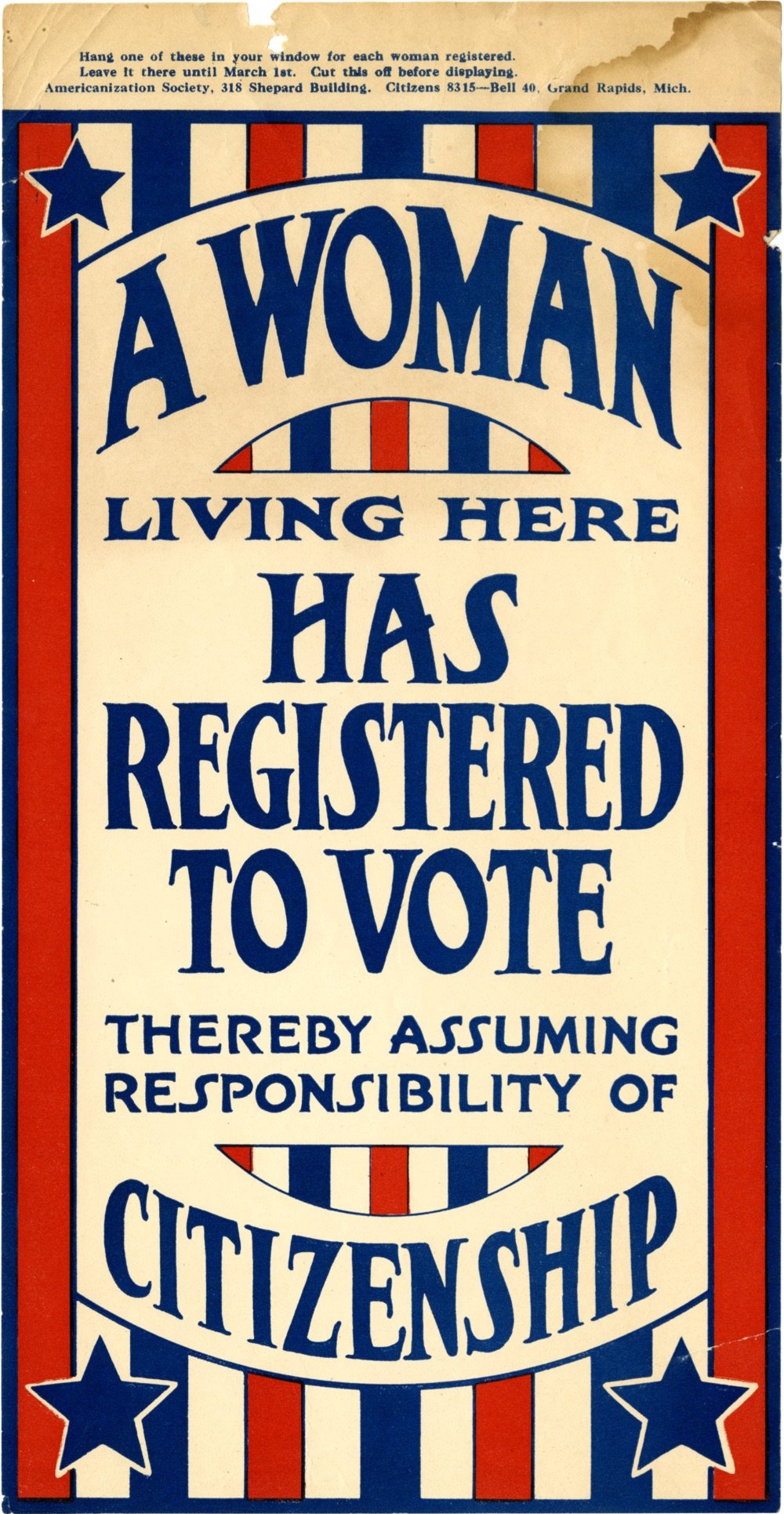

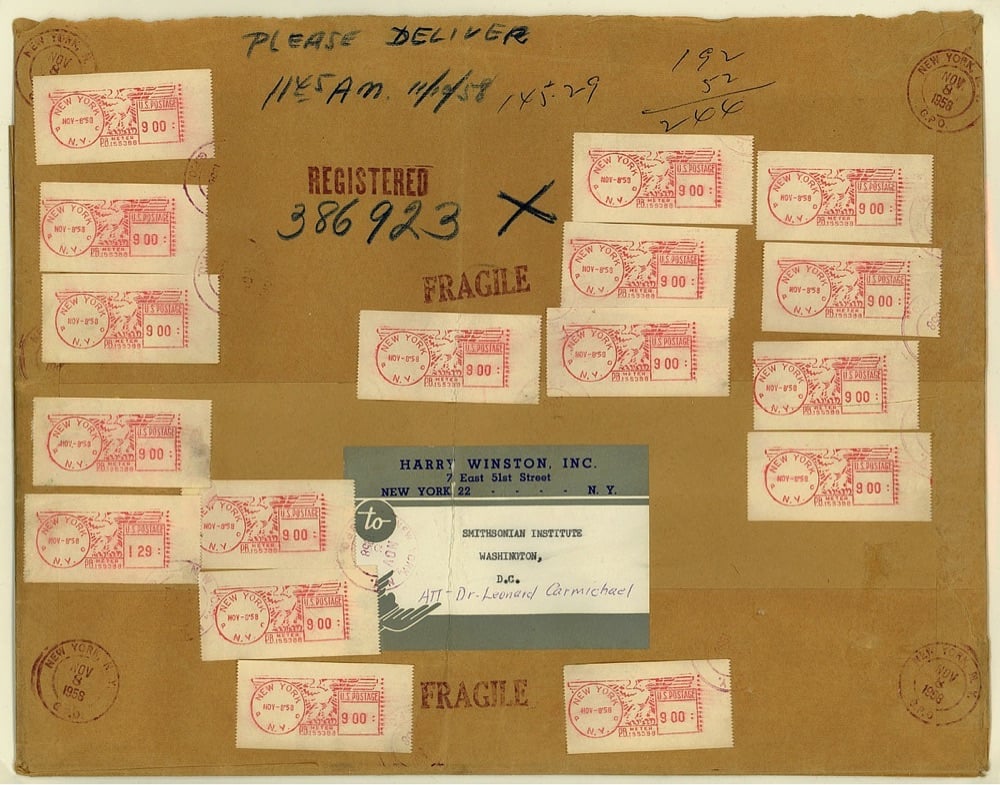
That last image is the mailing wrapper from when jeweler Harry Winston sent the Hope Diamond (currently valued at $200-350 million) to the Smithsonian through the regular US Mail.
Mailed on the morning of November 8 from New York City, the item was sent by registered (first class) mail — considered the safest means of transport for valuables at that time. The total fee was $145.29 (see the meter machine tapes). Postage only amounted to $2.44 for the package which weighed 61 ounces. The remainder of the fee ($142.85) paid for an indemnity of about $1 million.
(via my modern met)
The folks at RuPublicans are having fun using AI to generate photorealistic imagery of prominent conservatives in drag. Here are Anita Filibust-Her McConnell, Claretta Corrupta, Rhonda Santy, serving looks:
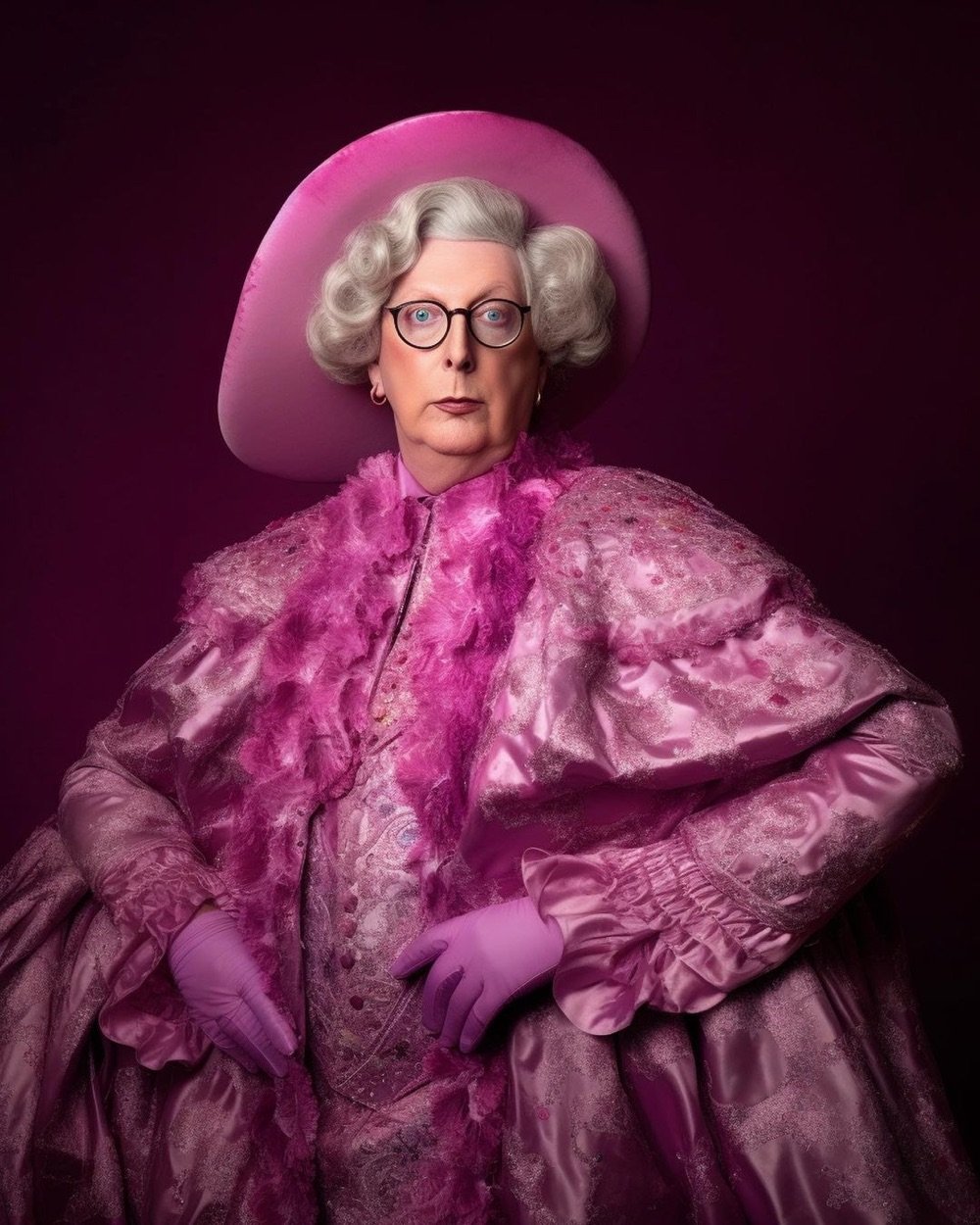
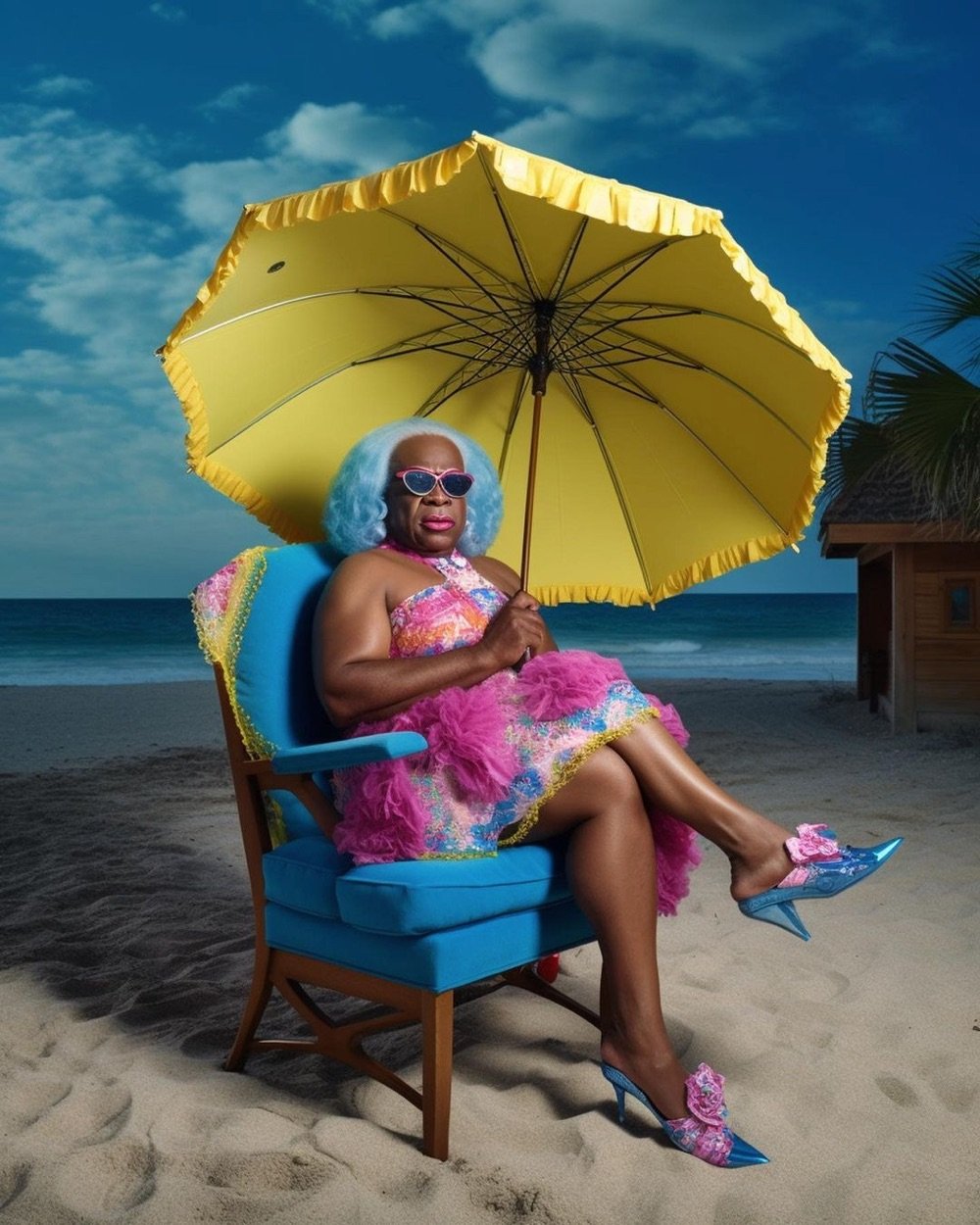
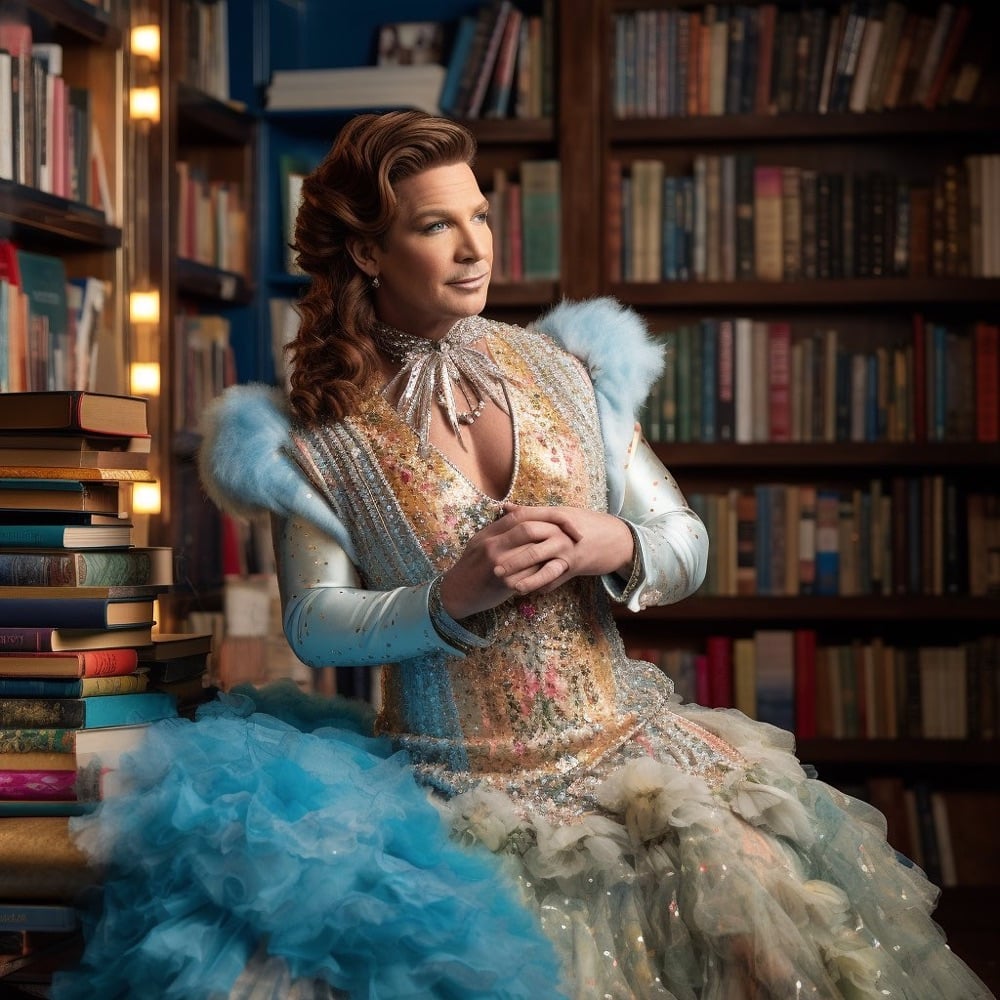
From their Stories:
Oh honey, darlings, sugar pies! THANK YOU for following and sharing. Drag artists have brought me joy, laughter, helped heal old wounds, and given me permission to love myself — and I’m not the only one.
Now let’s get real kittens. Drag isn’t lip-syncing; it’s art, it’s heart, and oh honey, it’s protest. To those in power serving up false narratives like an overcooked wig at a drag brunch, listen up: we’re here, we’re queer, and we ain’t going anywhere.
(via @thoughtbrain)
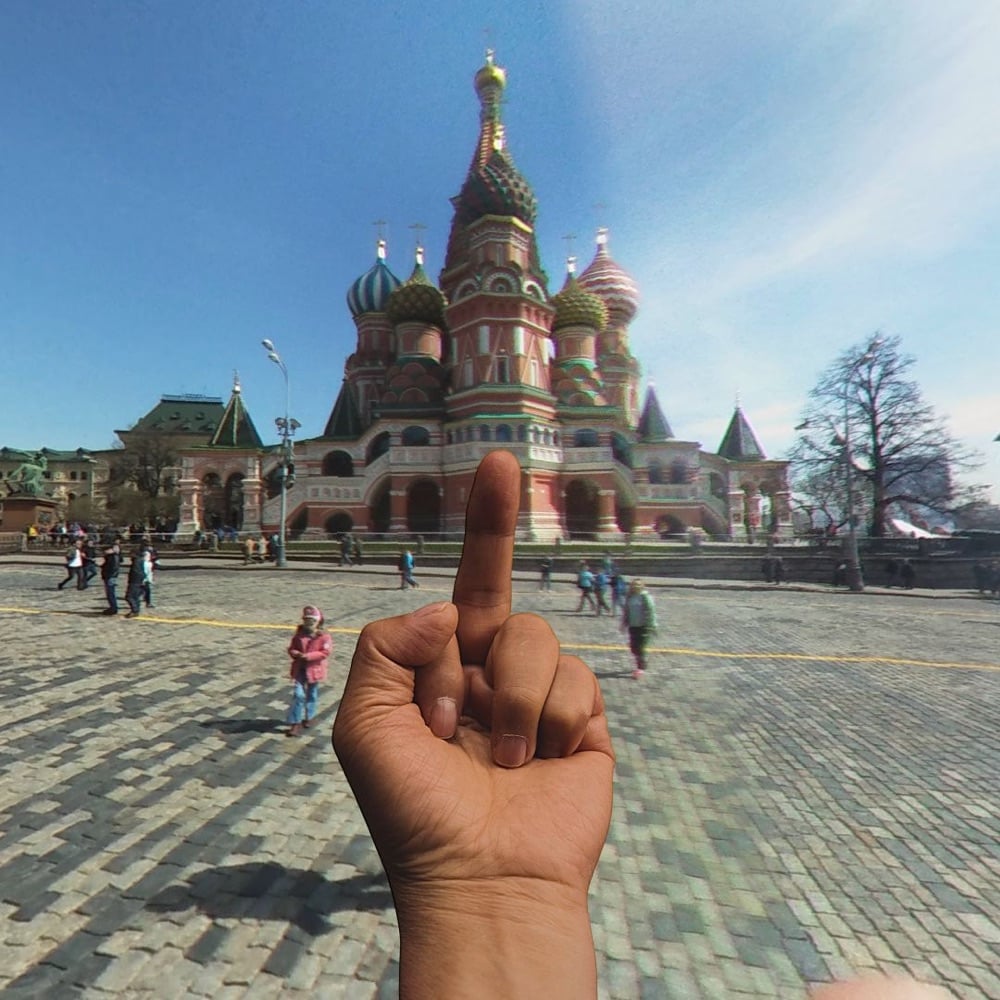
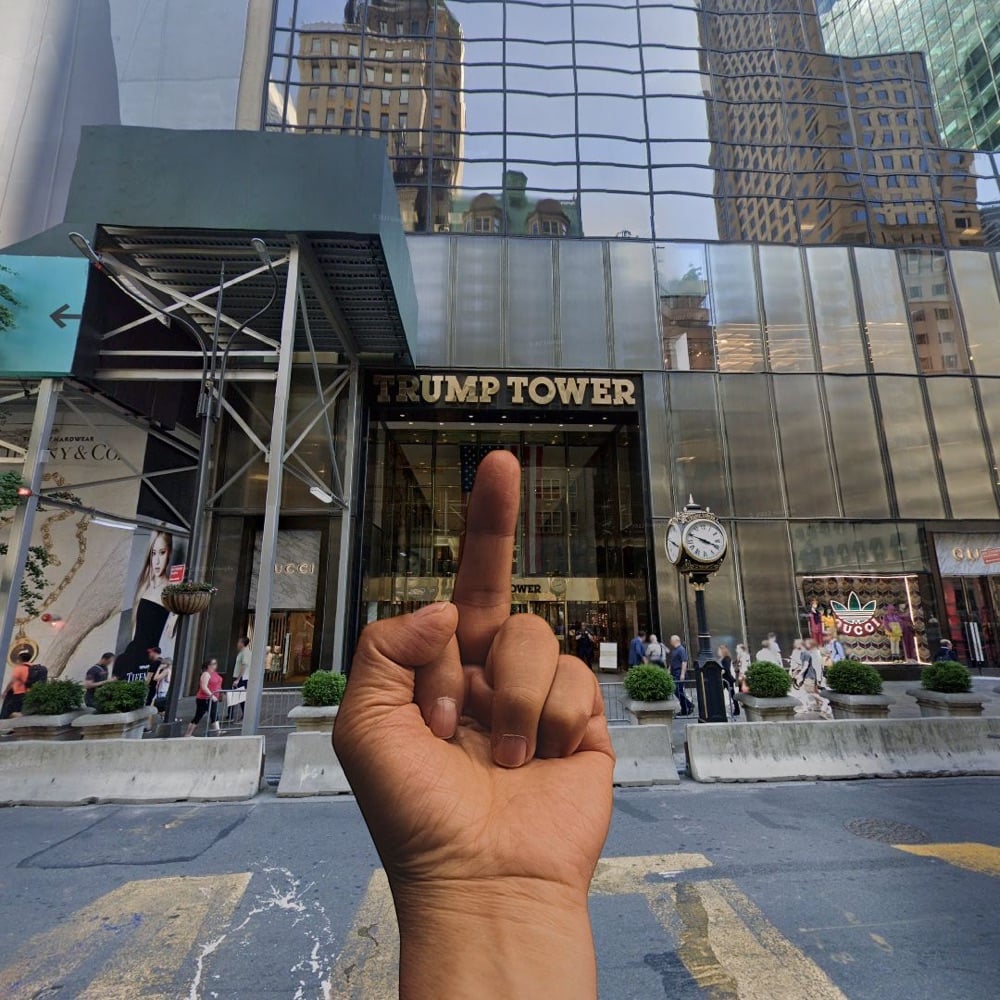
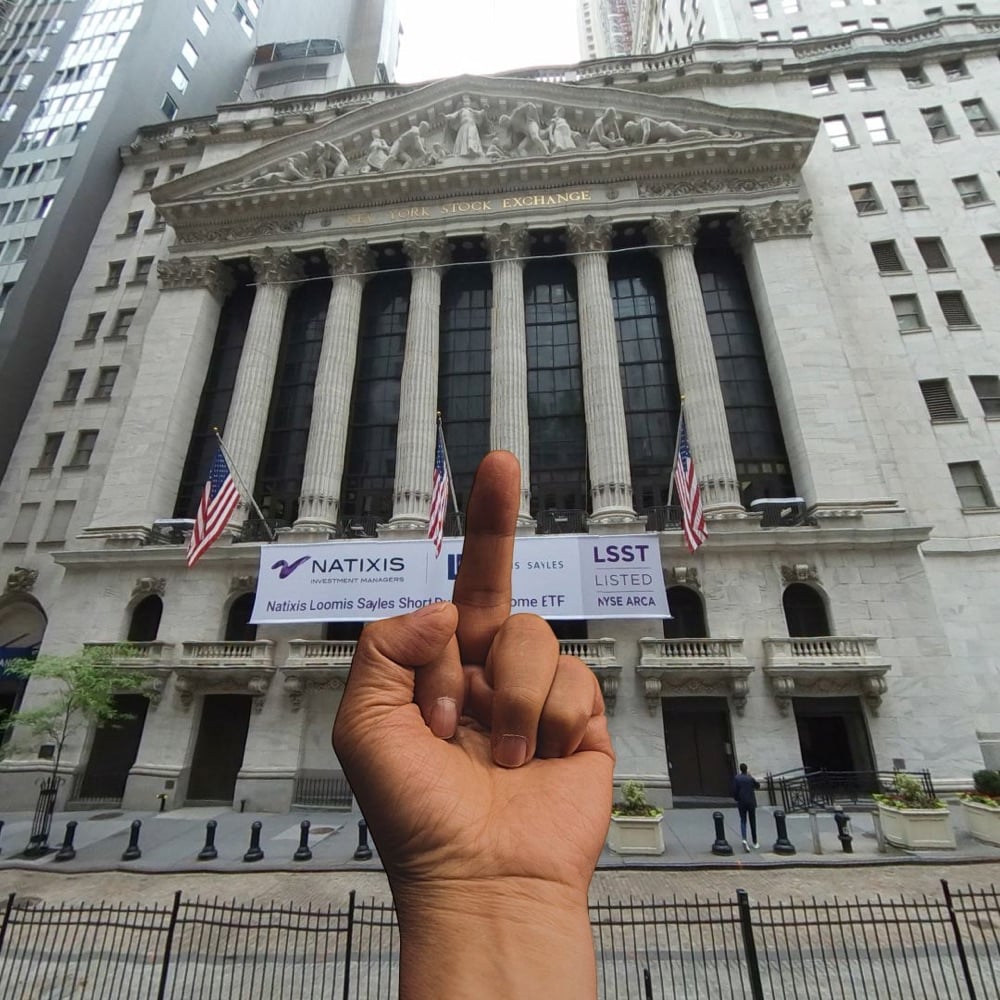
For his project Study of Perspective, artist and activist Ai Weiwei took photos of himself flipping off “significant institutions, landmarks and monuments from around the world”, notably Tiananmen Square in 1995. Using this Google Street View-enabled web tool, you can use Ai’s middle finger to flip off anything you’d like, anywhere in the world.
I’ve included a few examples above from the site’s archive. In a brief review of what folks have done with the site recently, I observed several shots of the Kremlin, the Eiffel Tower, churches, and various Trump buildings, but I also saw the Stonewall Inn and other gay landmarks.

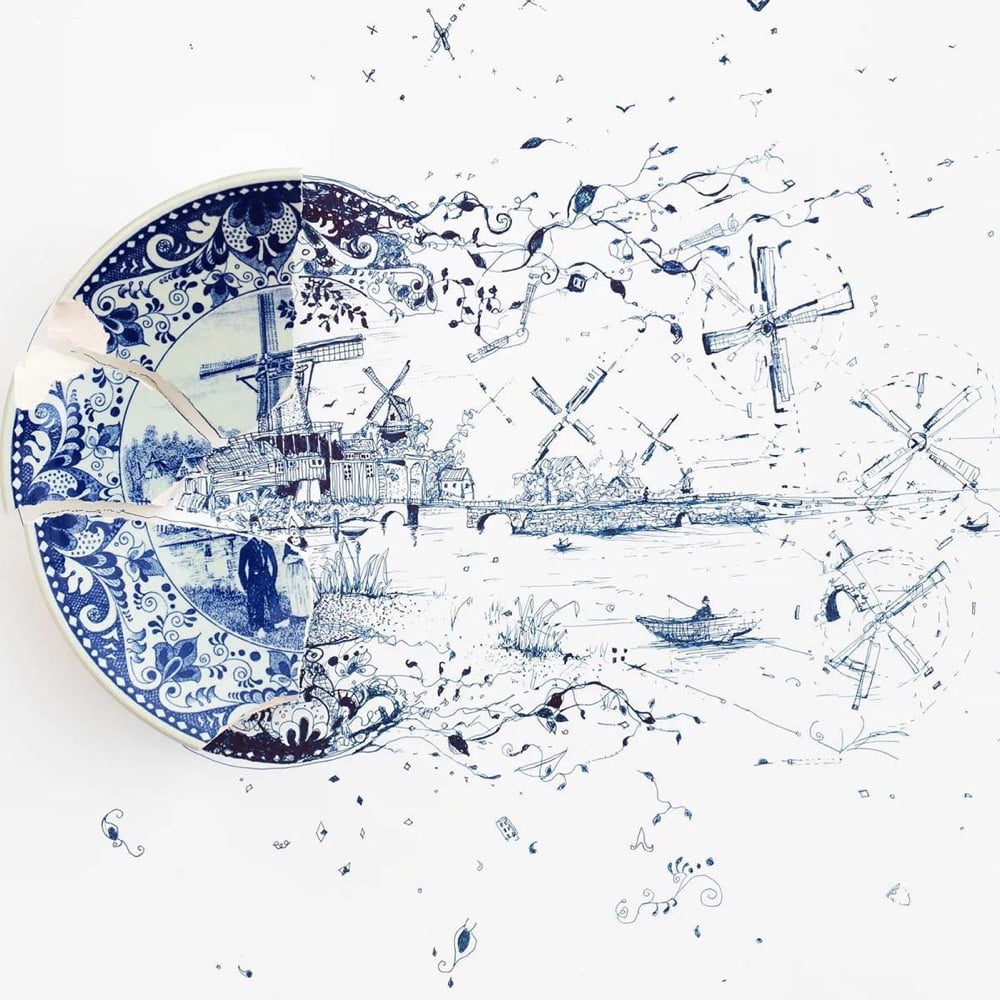
I totally love these “evolved” drawings of the elaborate patterns of broken plates by Robert Strati. The project was inspired by a plate that broke in the Strati household:
This work was inspired by a plate from my wife’s late mother, Barbara. One day it was dropped and shattered. Some time after, I picked up a pen and started working on the “Fragmented” series, exploring the possibilities of things broken and the stories that can evolve from them.
You can see more work from this project on Instagram and at this site.
See also Kintsukuroi and Martin Klimas’ Porcelain Figures. (via my modern met)
Oh man, this is a huge huge nostalgia bomb for me - a 50-minute medley of the most popular song from each month since January 1980. When I was a kid growing up in rural Wisconsin, there were basically four choices of music to listen to: country, metal, oldies, and pop/top 40. I chose pop, so the first ~15 minutes of this video is basically the soundtrack to my childhood.
Here’s a playlist of all the songs on Spotify, in case you want to listen to the whole megillah. See also The Hood Internet’s remixes of pop music by year. (via open culture)
Well this is some bizarre good fun — turns out that the campy goofiness of Star Wars and the campy seriousness of high fashion make for a pretty good combination.
See also Lord of the Rings by Balenciaga and Game of Thrones by Balenciaga. Oh, and Hipster Star Wars.
Kirby Ferguson has released the final and “definitive” full-length version of his fantastic Everything is a Remix video series (transcript).
Memes are remixing. You take a photo, you repurpose it, then someone else tries it, then there’s a flood of everyone trying out combinations, including remixing other memes.
When you take something old and use it in something new, that’s remixing. It might just seem like just copying, but it’s actually something much more. Remixing can empower you be more creative.
Remixing allows us to make music without playing instruments, to create software without coding, to create bigger and more complex ideas out of smaller and simpler ideas.
You don’t need expensive tools to remix, you don’t need a distributor, you don’t even need skills or… good judgment. Everybody can remix and everybody does.
From our songs and games and movies and memes, to how we train computers to create, to the way we sense of reality, to the evolution of life itself, everything is definitely a remix.
(via matt haughey)
I’d seen Titanic with a Cat but hadn’t realized there were a whole collection of videos featuring OwlKitty cleverly edited into them. I really like the Jurassic Park one embedded above. The licking! The purring! Fantastic, no notes.
You can check out a bunch of other movies featuring OwlKitty on YouTube (LOTR, Top Gun, Home Alone, John Wick, Mandalorian), including some behind-the-scenes of how they’re made. Here’s how they did the Jurassic Park one:
The power of at-home filmmaking software and equipment is just incredible.
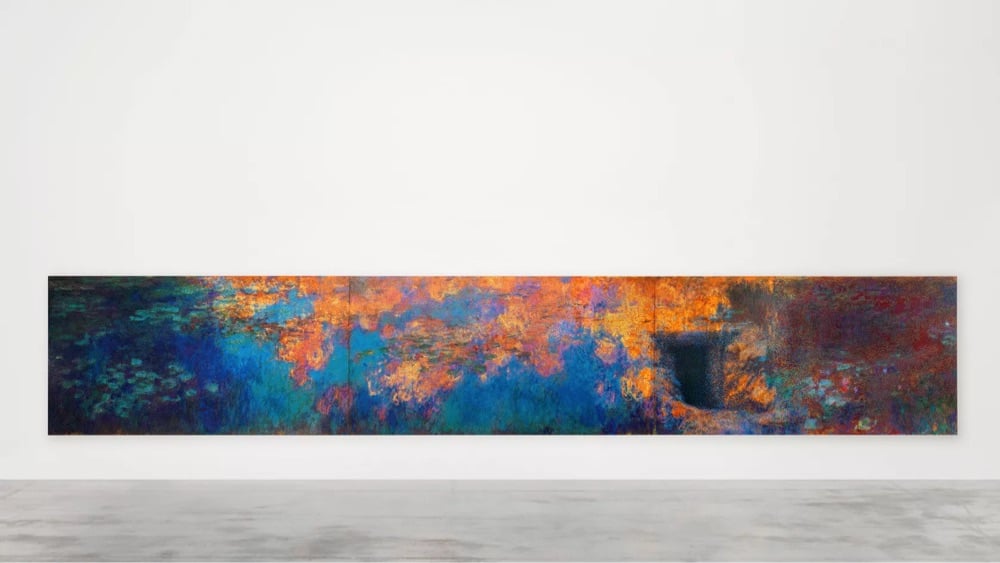
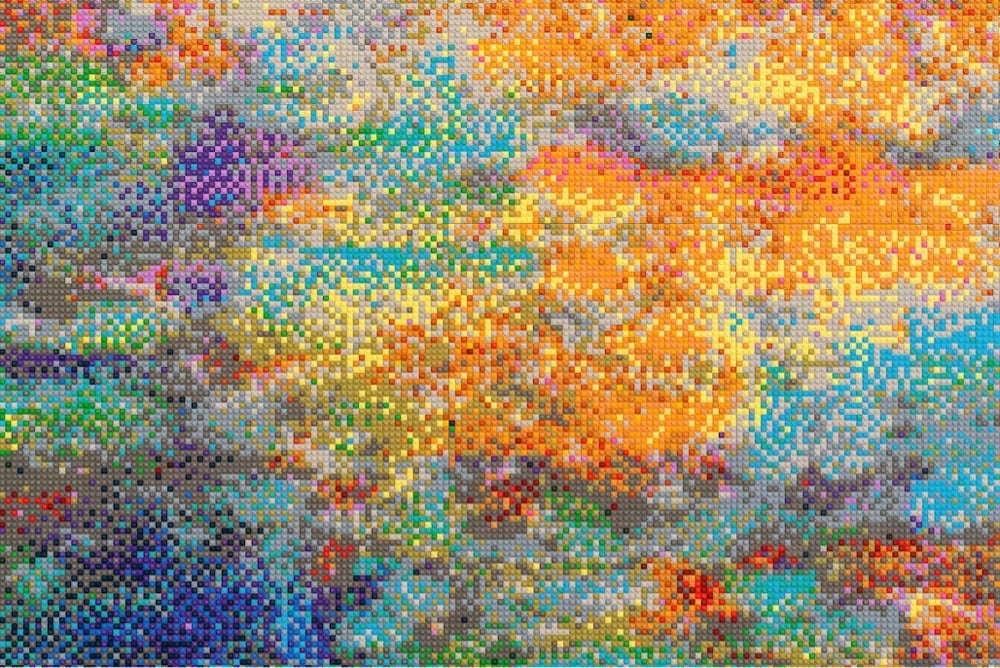
Lego bricks and Impressionism are a natural pairing, and so Chinese artist Ai Weiwei has recreated Claude Monet’s massive Water Lilies triptych with 650,000 Lego bricks. Spanning nearly 50 feet across, the Lego sculpture is part of Ai’s upcoming show at the Design Museum in London. Here is a tantalizing behind-the-scenes view.
Ai has been creating Lego works for years now — including these Warhol-esque portraits and A Sunday on La Grande Jatte — and was even denied from buying bricks from the company at one point.
Jean-Pierre Jeunet, director of the 2001 romantic comedy The Fabulous Destiny of Amélie Poulain, has recut his beloved movie into a cheeky short film that reveals that Amélie was actually a KGB spy.
Did no one ever wonder how a young waitress afforded such sophisticated decoration for a flat in Montmartre, one of Paris’s most expensive districts?
Film editors are magicians. (via @pacanukeha)
I spent more than a few minutes scrolling through Dana Sibera’s Mastodon feed (also on Twitter) featuring her imagined oddball tech items. Like this marble Mac:
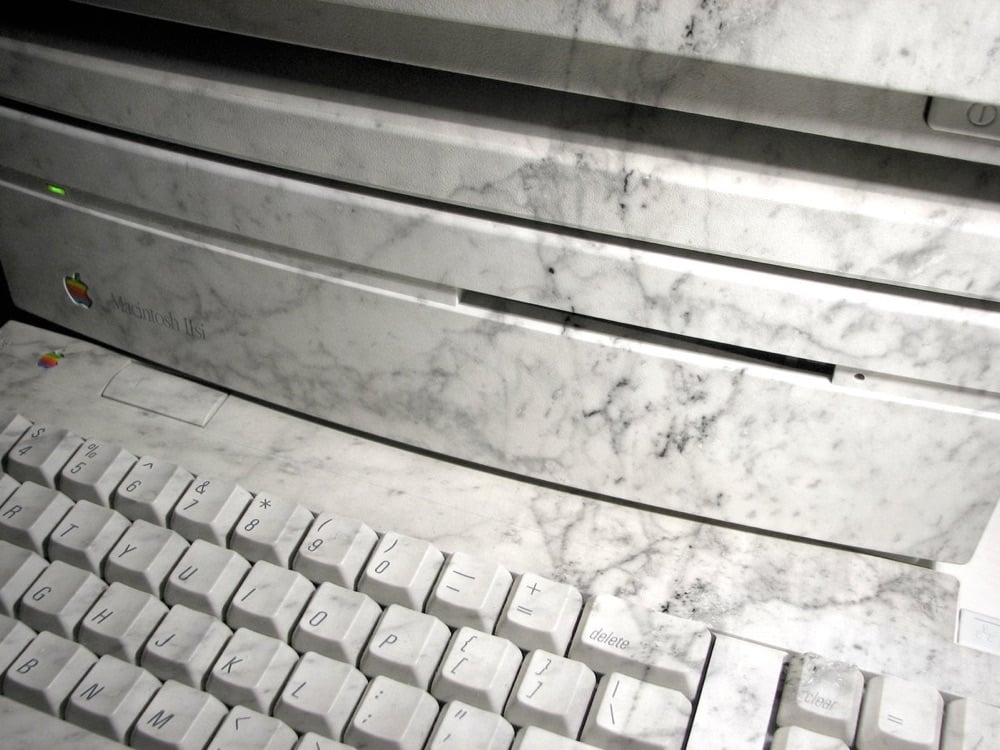
A NeXT laptop? A NeXT laptop!

A foldable Powerbook:

And a widescreen Apple Lisa:

I found out about Sibera’s work via Marcin Wichary’s Shift Happens newsletter — you can find more examples of her work there, on Mastodon, or on Twitter.
Stay Connected